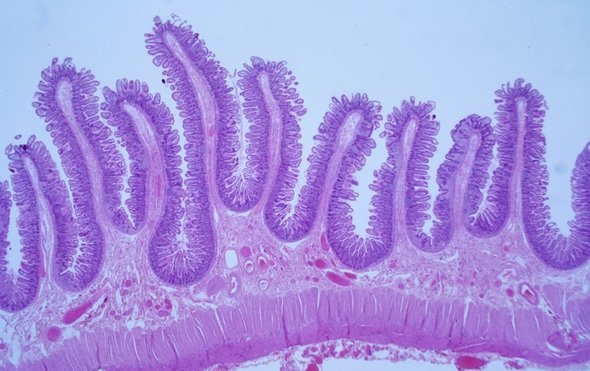
Another New Organ?
Thanks to years of ongoing studies, we now possess considerable amount of knowledge about the workings of body and know almost everything about the human anatomy. Or, do we not? Here’s the best, the most exciting side of science for you. At any time, ideas can be challenged, new questions and facts may arise, and something new may get added to the already known.
This is exactly what the doctors of New York University’s Langone Medical School did. They have proposed that a new structure, so to say, “right under our noses” can be a new organ. So, together with the discovery of mesentery in late 2016, a serious update might be on the way for anatomy books.
The researchers found a previously unrecognised network of interconnected fluid-filled spaces in the connective tissue, and it is practically everywhere: under our skin, around blood vessels, in the muscle tissue, as well as lining the digestive tract, lungs, the urinary system, and yes, the inside of our nose. Researchers once thought these tissue layers were made of collagen, constituting a “wall” around structures. New observations, on the other hand, revealed fluid-filled spaces supported by a frame of collagen and elastin.
But how come this network was off the radar for all this time? The answer lies in the way microscopic slides are prepared. Tissue samples to be used in microscopic examination are treated with chemicals, which drain fluids from the tissues. But this time, researchers were examining live tissues with the help of a new technique called pCLE (probe-based confocal laser endomicroscopy), which is basically a combination of an endoscope with a laser and sensors, providing a microscopic view of living tissues without the chemical intervention of tissue fixing.
The newly discovered network is called “interstitium” for now, a reference to the “interstitial” fluid found outside and between the cells. However, officially calling it a new organ requires confirmation from other research groups. Even if the interstitium does not get to receive that title, it will surely allow further understanding in many fields of medicine –especially by finding out what role it plays in various diseases, including cancers. Scientists also think that the fluid-filled spaces may be acting as shock absorbers to protect underlying tissues.
